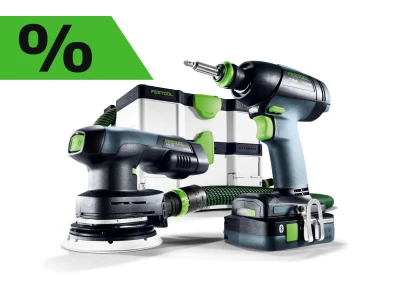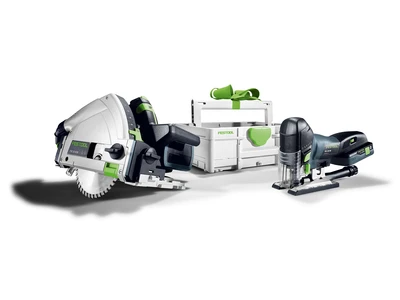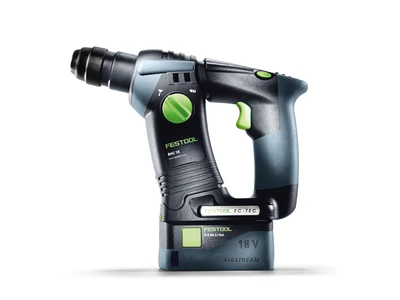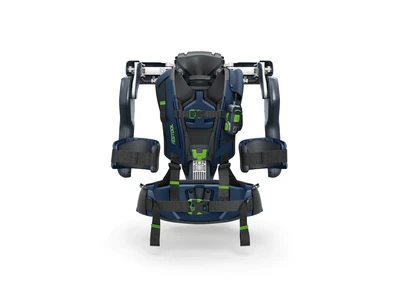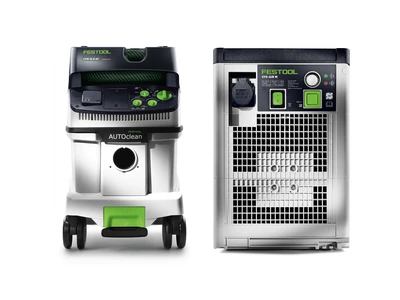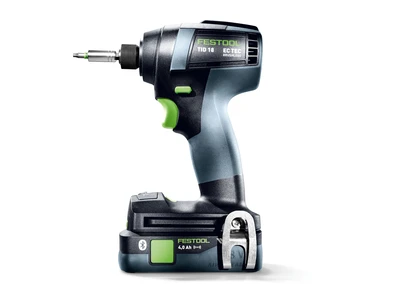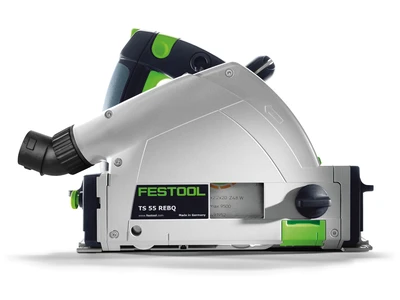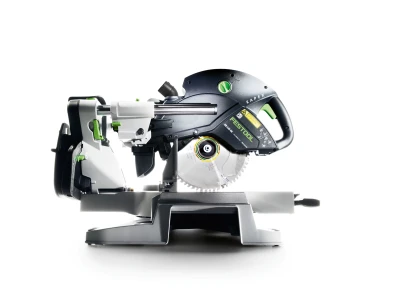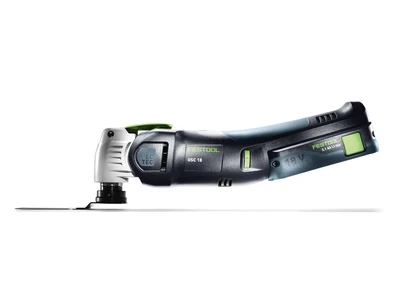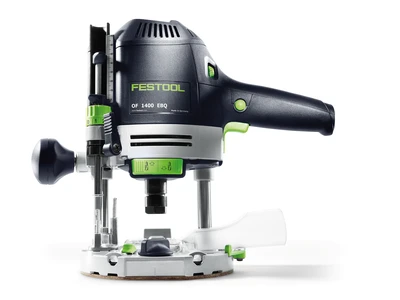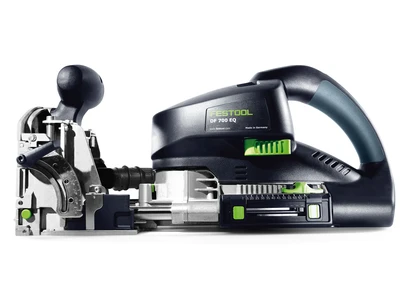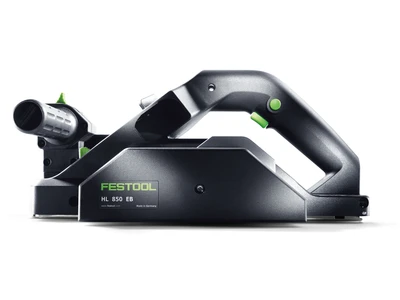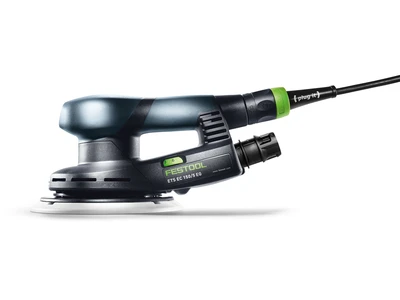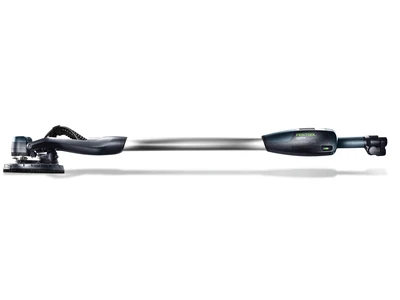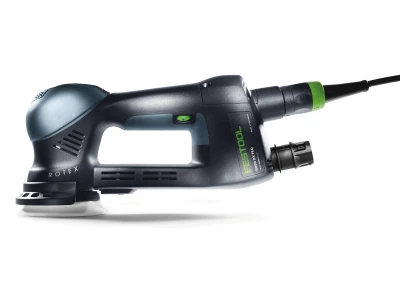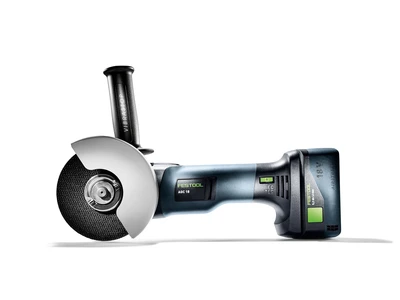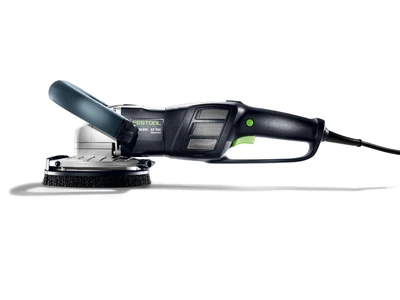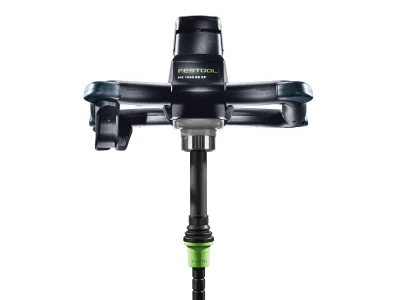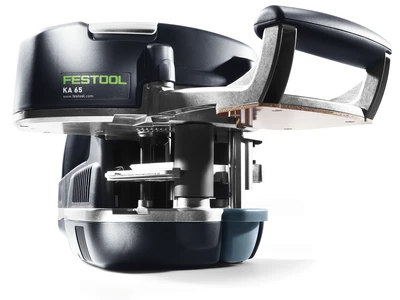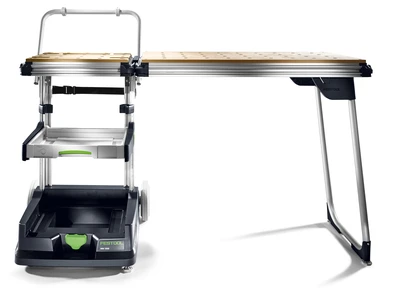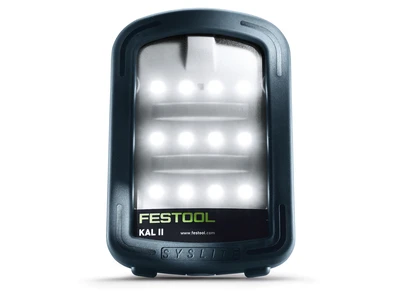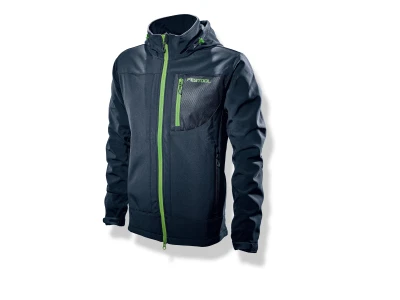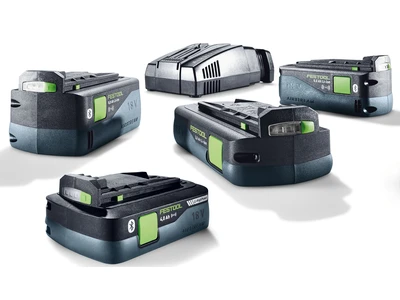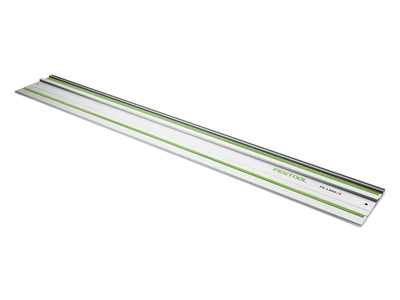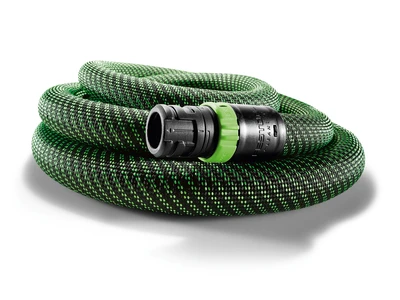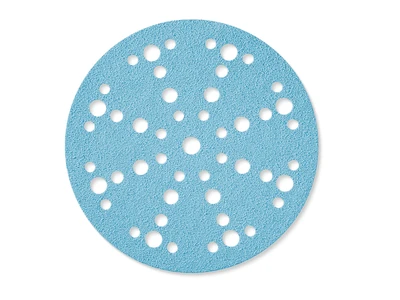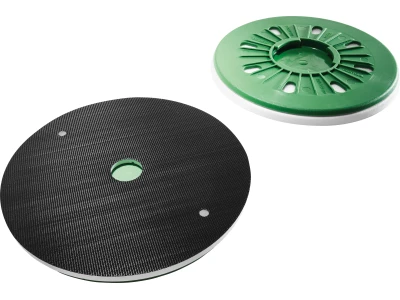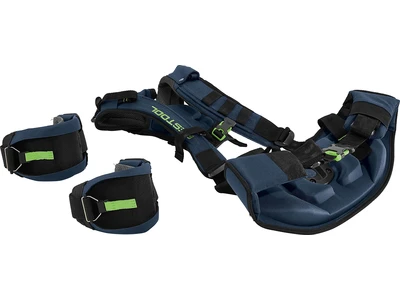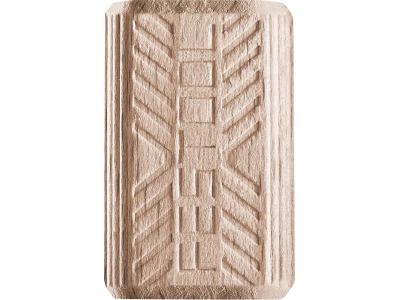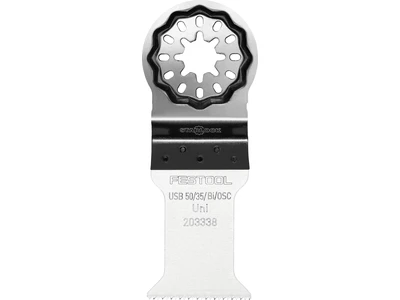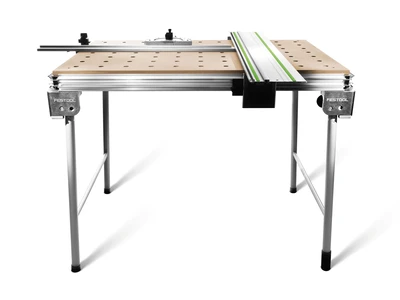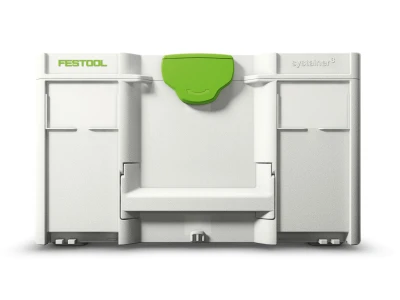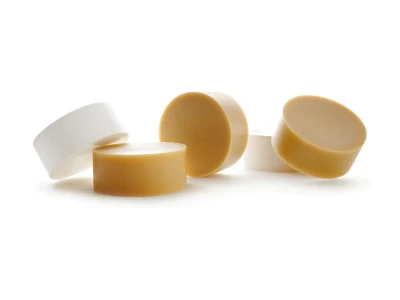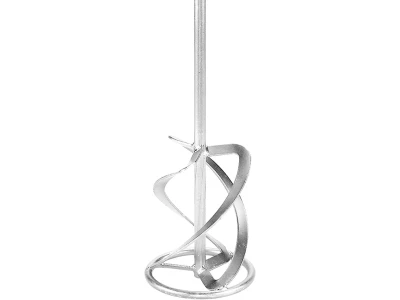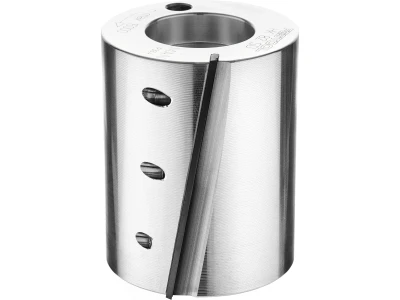
New versatility for perfect cuts
Festool has optimised and reworked its entire range of jigsaw blades. You can use an application overview to quickly and easily find the right saw blade for you.
No matter what your needs are: Whether you require speed for straight cuts or precision in tight curves; whether with cross-set or sanded teeth, a small or large pitch, made from HCS tool steel or carbide-tipped. Festool has a new range of jigsaw blades that focuses on the essential applications. The new application guide system can be used to quickly and easily find the right jigsaw blade for sawing in wood, plastic, metal or building materials. Special colour coding additionally provides quick and simple guidance and can be found in the application overview, on the packaging, displays at specialist retailers, online on Festool's website and in the catalogue:
Wood: For accurate results in wooden materials with high-grade HCS tool steel.
Plastics: Specially designed for excellent cutting results in virtually all plastics.
Metal: Rippled basic form made from HCS bimetal – ideal for machining metals such as aluminium and steel.
Building materials: Carbide-tipped for the longest service life even with abrasive materials.
Festool's new range focuses on a tooth geometry with Japan teeth, for example, or a combination of low-splinter but fast working progress at the right angles. The range also includes a solution for a problem typically encountered in trade, specifically the machining of twin-wall sheeting. This saw blade hardly smears at all and also keeps splinters to a minimum thanks to neutral teeth.
Expert tips
"In addition to choosing the right saw blade for the material you are machining, we also recommend paying attention to the setting of the jigsaw," explains Simon Illing, application engineer at Festool and master joiner, before going on to explain that: "While high speeds in settings 4–6 are ideal for machining soft, temperature-resistant materials such as wood, low speed settings 1–3 are better for temperature-sensitive plastics such as acrylic glass or PET. In the same way, a low speed setting minimises jigsaw blade wear and the production of dust when working with metals and building materials," according to the Festool expert. He also recommends paying attention to the setting of the pendulum stroke, as a higher pendulum stroke makes it faster and easier for the jigsaw to work through the material. This enables chips and dust to be extracted effectively. "This can be achieved when the working progress, i.e. the speed at which work is carried out, is important but not the cutting quality, as working in this way usually results in significant splintering. This can be avoided by deactivating the pendulum stroke. Doing so ensures low-splinter, accurate cuts at a low working speed and is therefore ideal for precise adjustment work and curved cuts." Further information on the new jigsaw range is available from specialist retailers or at www.festool.co.uk.


